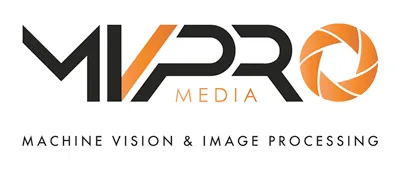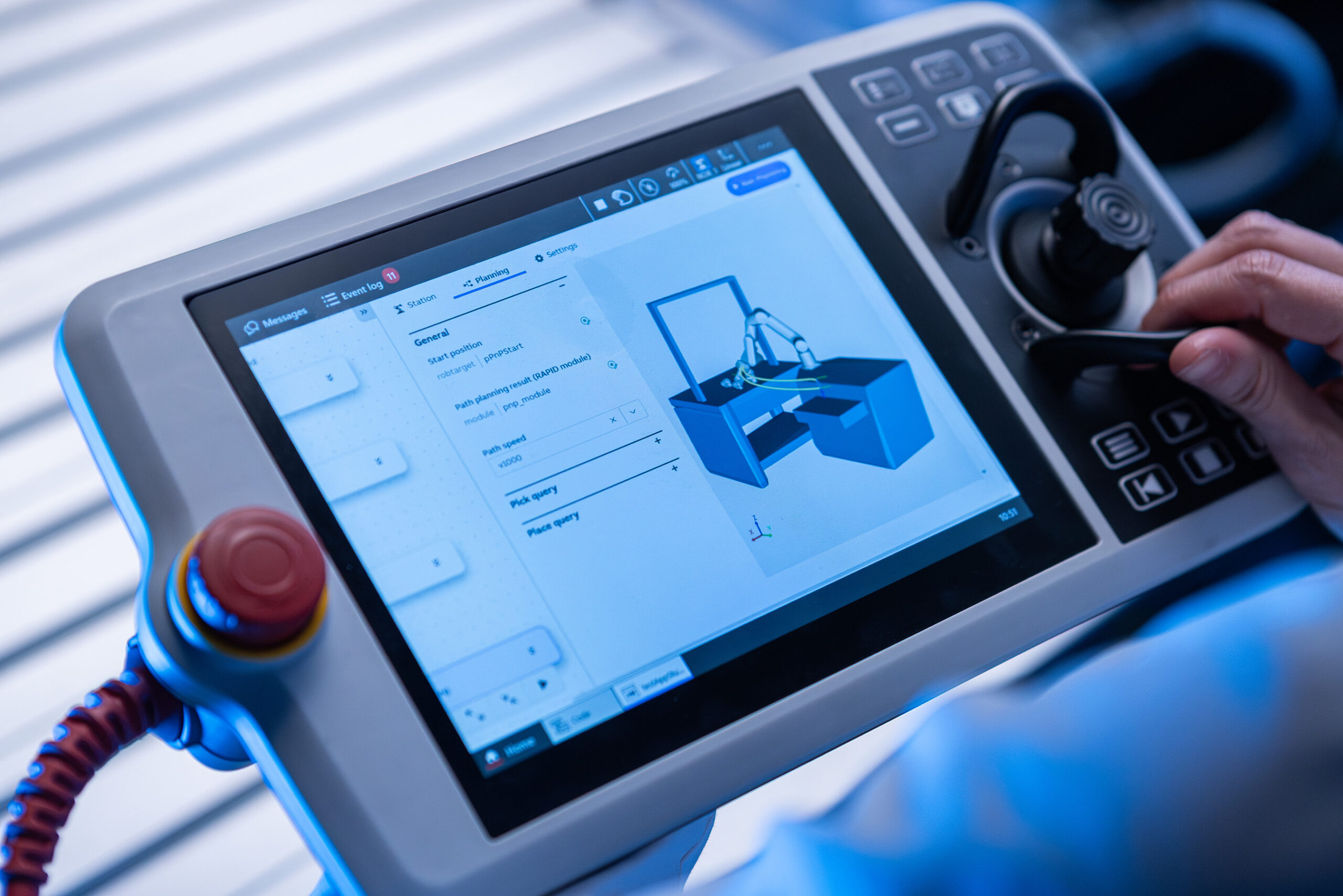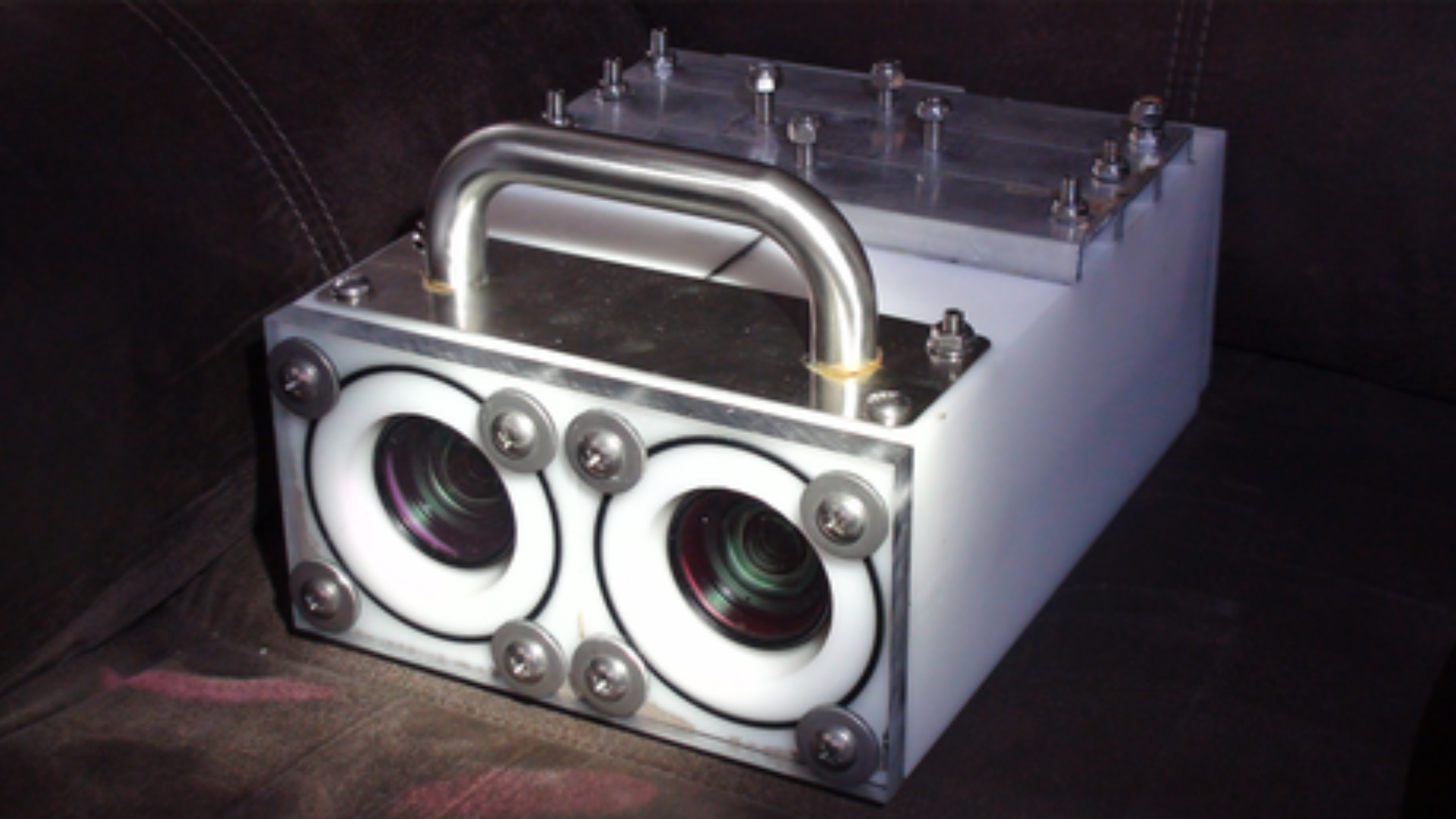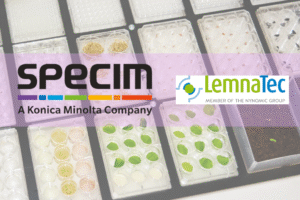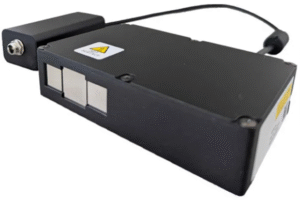The global semiconductor crisis triggered by the COVID-19 pandemic revealed a critical vulnerability in the world’s economic and technological infrastructure. A sharp shortage of chips disrupted supply chains across industries, slashed vehicle production, and halted deliveries of everything from smartphones to washing machines. In response, both the United States and European Union launched ambitious legislative programs to rebuild domestic chip production capacity and reduce strategic dependency on foreign suppliers, especially in Asia. These programs are known as the CHIPS and Science Act (U.S.) and the European Chips Act (EU).
While they share the same end goal, restoring regional semiconductor independence, the two acts differ significantly in structure, funding mechanisms, and implementation timelines. Here’s how they compare, and what it means for the industry.
U.S. CHIPS and Science Act: Tax Incentives, Federal Grants, and Private Capital Surge
Signed into law in August 2022, the CHIPS and Science Act is a $52.7 billion bipartisan initiative aimed at revitalizing U.S. semiconductor manufacturing, R&D, and supply chain resilience. Key allocations include:
- $39 billion for manufacturing incentives, including fab construction, testing, assembly, and advanced packaging
- $11 billion for semiconductor research via agencies like NIST and the new Manufacturing USA Semiconductor Institute
- $2 billion for defense-specific applications
- $500 million for international supply chain cooperation
- 25% investment tax credit for semiconductor manufacturing equipment and facilities
This legislation is already reshaping the American manufacturing landscape. In 2016–17, semiconductor construction was just 3% of all U.S. manufacturing investment. By mid-2023, it skyrocketed to 58%, fueled by over $256 billion in private sector investment, spurred by the Act’s tax breaks and incentives.
Major projects are underway:
- Intel is building $20 billion fabs in Ohio
- TSMC has expanded its Arizona investment from $12 billion to $40 billion
- Micron is constructing the largest U.S. DRAM facility in New York
- Samsung and Texas Instruments are expanding in Texas
Despite this momentum, the rollout has been slower than hoped. Only one significant grant (to GlobalFoundries) has been disbursed so far. Bottlenecks include environmental review processes averaging 4.5 years and administrative delays. Still, new initiatives like a federal permitting task force aim to accelerate approvals.

Supply Chain Resilience and Strategic Security
The CHIPS Act goes beyond economics. It targets national security, aiming to counter China’s semiconductor ambitions and reduce reliance on Taiwan-based TSMC, which holds over 50% of the global contract chip manufacturing market. The Act prohibits recipients from expanding semiconductor operations in countries deemed adversarial, including the People’s Republic of China, unless producing legacy chips for local markets.
Reshoring chip production also reduces supply chain fragility. Events like:
- a fire at a Japanese fab,
- Texas’s deep freeze,
- and COVID-related shutdowns in Asia,
highlight how a single point of failure can ripple through the global economy. Increasing domestic capacity mitigates these risks, especially as demand grows for chip-heavy technologies like electric vehicles, AI, 5G, and advanced robotics.
Opportunities for Automation and Robotics
Semiconductor fabs are among the most automation-intensive facilities on earth. From wafer handling to photomask transport and precision chemical dosing, cleanroom robotics are essential. With dozens of new fabs under construction, the CHIPS Act opens substantial opportunities for automation providers, especially those offering high-precision, contamination-free solutions.
EU Chips Act: State Aid and Strategic Coordination
Announced shortly after the U.S. version, the European Chips Act takes a more centralized and state-led approach. It aims to double the EU’s global semiconductor market share to 20% by 2030. Rather than tax credits, the EU relies on direct state aid, coordinated through public-private partnerships across its member states.
The Act earmarks:
- €43 billion in total investments, combining public funds and industry co-financing
- Significant funding for R&D, with an emphasis on collaboration through institutions like IMEC in Belgium and Fraunhofer in Germany
- Support for the creation of pilot lines for prototyping advanced chips
- Initiatives to build a semiconductor talent pipeline across Europe
However, progress in the EU has been slower than in the U.S. due to bureaucratic complexity, fragmented national priorities, and slower capital deployment. Some member states have announced major projects such as Intel’s proposed mega-fab in Magdeburg, Germany but many initiatives are still at the planning stage.

Shared Goals, Divergent Methods
| Aspect | U.S. CHIPS Act | EU Chips Act |
| Total Public Investment | $52.7 billion | €43 billion |
| Funding Mechanism | Tax credits and federal subsidies | State aid and government-coordinated funding |
| Focus Areas | Manufacturing, R&D, defense, supply chains | R&D, pilot lines, workforce, strategic autonomy |
| Implementation Speed | Faster private investment, slower grant allocation | Slower overall progress |
| Strategic Emphasis | Reducing reliance on China and Taiwan | Reducing reliance on Asia and U.S. suppliers |
| Cross-eligibility | EU companies can apply | U.S. firms can apply |
Interestingly, cross-Atlantic collaboration is allowed: EU firms can benefit from the U.S. CHIPS Act, and vice versa. This opens doors for joint R&D, talent exchange, and dual-region manufacturing strategies.
Hidden Costs: The Helium Squeeze
Both CHIPS Acts inadvertently exposed a new bottleneck: helium. The colorless, non-flammable gas is critical for chip manufacturing due to its inertness and superior thermal conductivity. As fab construction surges globally, demand for helium is skyrocketing, projected to quintuple by 2035, according to IDTechEx.
The U.S. has domestic helium sources in Texas, Oklahoma, and Kansas, but supplies are finite and increasingly depleted. This is pushing up prices and accelerating interest in helium recycling and reclamation, creating yet another frontier for innovation.
A Global Rethink of Semiconductor Strategy
The CHIPS and Science Act and the European Chips Act are not mere stimulus bills—they are strategic interventions designed to reshape global technology supply chains. Though their tools differ, tax policy in the U.S., state aid in the EU; their goals are the same: resilience, competitiveness, and security.
For robotics, automation, and tech companies, the message is clear: fabs are rising, investment is flowing, and opportunities are abundant. But navigating the regional differences in policy, funding, and timelines will be key to capturing value in this semiconductor renaissance.
